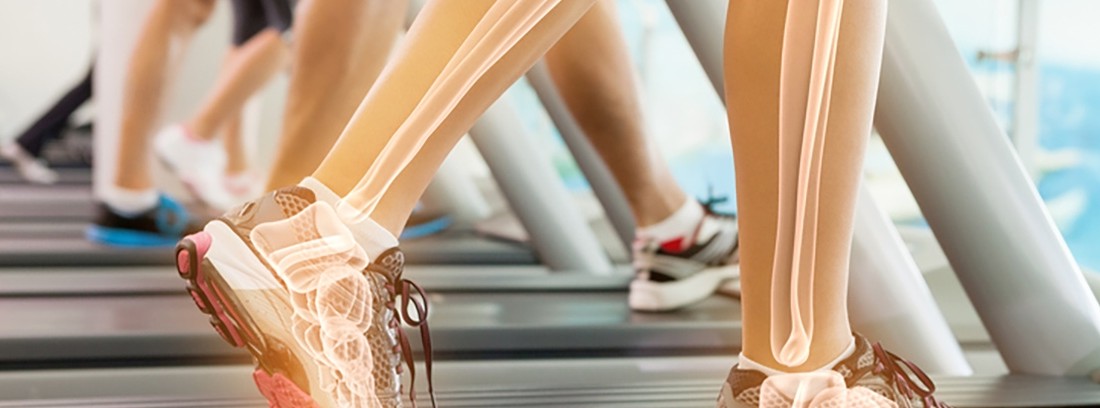Benefits of exercise in bone diseases
 WHAT YOU NEED TO KNOW ...
WHAT YOU NEED TO KNOW ...
- In case of suffering from any bone disease, exercise is recommended because it strengthens the musculoskeletal system.
- People with osteoporosis should engage in physical activities that use impact to help strengthen their bones. Walking is a good option.
- Aquagym is highly recommended for people suffering from osteoarthritis since performing movements in the water does not require so much effort and helps to keep the joints active.
Why is exercise recommended?
Do exercise it is always positive and brings benefits to the body. However, if you suffer any, you should assess which activity is best. Depending on the type of problem, one type of activity or another is advisable, but the objective of all of them is the same: to strengthen the musculoskeletal system, that is, that the bones are as strong as possible, and that the muscles and joints, which ultimately support the body, help release tension on the bones.
Osteoporosis and sports
The basis of the problem in people who suffer is the decrease in the amount of calcium in the bones, a fact that causes weakness and greater ease in fractures. Stimulating the deposit of calcium is essential to strengthen the bones and prevent, at least, that it evolves for the worse. The best way to do this is to carry out physical activities in which impact is practiced, that is, the movement where the foot touches the ground stimulating the necessary calcium deposit.
Walking down the street at a light pace, without stopping to look at windows, for about 30 minutes at a time and every day is the easiest and simplest way to put this stimulus into practice. If you are enrolled in a gym and want to take advantage of the facilities, you can perform toning exercises with free weights or machines, always under supervision. Another option, which will help maintain adequate mobility, is to combine dry sport with it. Instead, avoid activities where there are excessive bounces and jumps.
Osteoarthritis and sport
Aquagym is highly recommended for people who suffer from it since performing movements in the water does not require so much effort and, at the same time, it helps to keep the joints active. Another option for cardiovascular exercise is to walk flat, avoiding slopes or descents, or attend soft group classes focused on improving mobility, in which there are no great loads.
As in the case of osteoporosis, activities in which there are excessive loads or jumping should be avoided so as not to load the joints.
Diseases are not always an obstacle
In this way, it is possible to carry out physical activities despite suffering from a bone problem. However, it is essential to be advised and to assess which is the most convenient exercise to extract the maximum possible benefits in order to improve the disease and avoid negative consequences.
(Updated at Apr 14 / 2024)